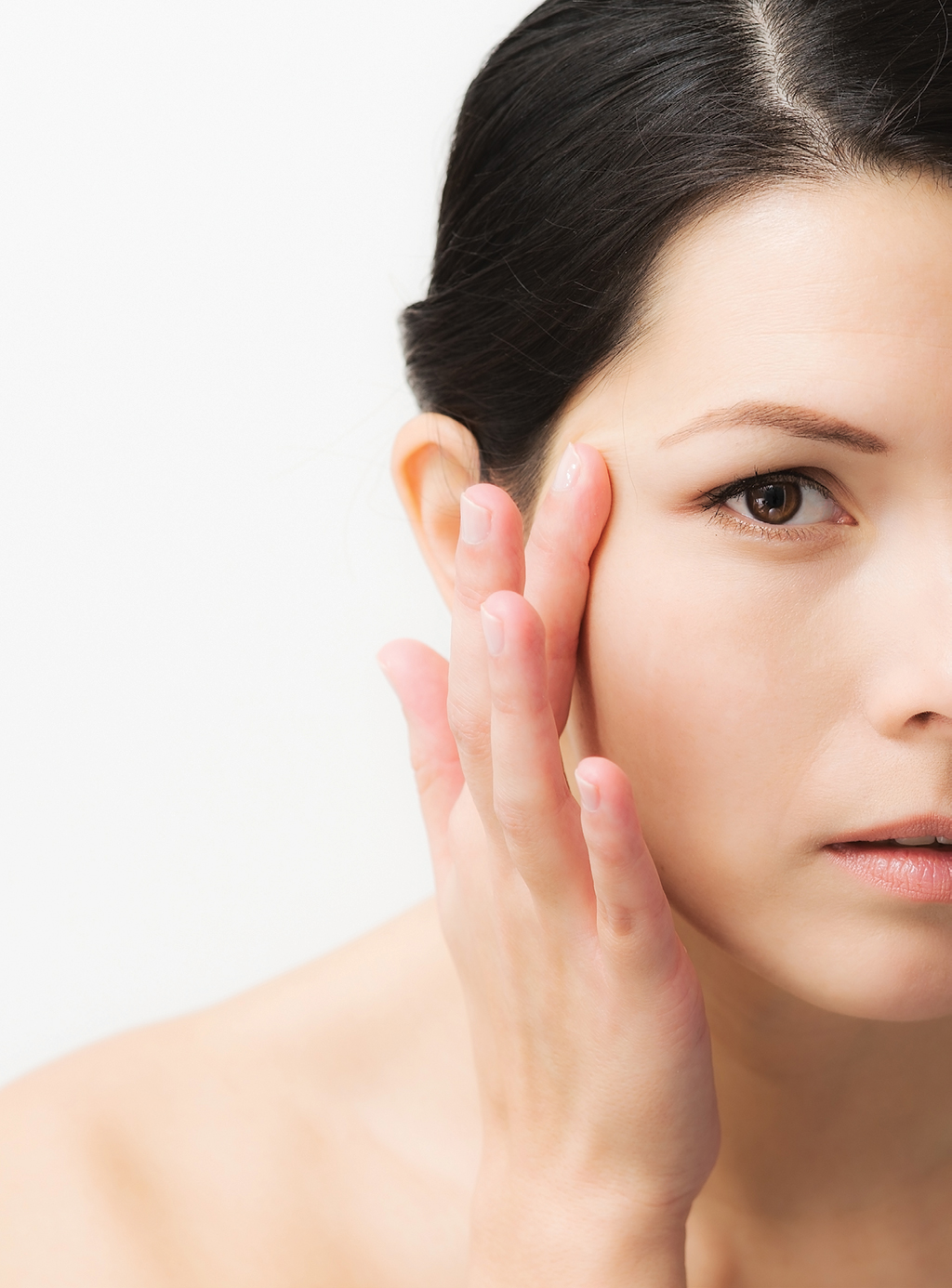
For some people, it seems like there is no getting rid of dark circles and eye-bags.
Common advice includes getting more sleep, cucumber slices, handling the eye area extra gently when cleaning off make-up and washing, and of course, there is no shortage of beauty products specifically designed for this purpose.
But the question is, why do we get them? And why does it seem, at least for some of us, that no matter what we do or how much sleep we get, we can’t get rid of them?
How are dark eye circles form?
Dark eye circles refer to darkening of the area around both eyes – often the lower eyelid (infraorbital) region, but may also affect both the upper and lower eyelids (periorbital).
These can be caused by several factors, namely:
- Pigmentation Darker-skinned Asians are more prone to them, as are those with a family history of dark circles. They can also be caused by post-inflammatory hyperpigmentation which can develop after a bout of atopic eczema or allergic contact dermatitis.
- Vascular conditions such as vascular congestion or deoxygenated blood.
- Skin condition Thin and translucent lower eyelid skin which worsens with ageing.
- Shadow effect This is caused by a combination of loose skin and tear trough formation. Tear troughs are depressions running from the bridge of the nose to the under-eye area. Over time, the skin in this part of the face tends to sag into wrinkles, and dark circles or ‘hollowing’ may appear.
How does eye bags form?
Eye bags refer to puffiness or bulging of the lower eyelids. These can be caused by many factors, including skin laxity and sagging, prolapse of orbital fat, vascular congestion, fluid retention, overactive orbicularis oculi muscles (‘cute eye bags’ favoured by Koreans), thyroid disease and severe short-sightedness.
Signs of a bigger problem?
Dark circles (periorbital hyperpigmentation, or POH) may be a sign of an underlying systemic disease such as asthma, skin disorder, allergic reaction, nutritional deficiency, or sleep disturbance.
Eye bags or puffiness, if severe or persistent, may be a sign of serious underlying medical problems such as thyroid disease, kidney disease, infection or allergies.
How to treat these conditions?
It is essential to identify them cause and choose the appropriate treatment.
Medical treatments involve correcting the underlying condition.
Aesthetic treatments include microdermabrasion, chemical peels, lasers, radiofrequency, injectable fillers, surgery, fat transfer, skin bleaching agents, topical retinoids and topical caffeine. These should be targeted at the underlying causative factors.
Since these two conditions usually arise from a combination of factors, a multimodal treatment approach is the most effective in tackling them on all fronts. However, treatment must be sustained because relapse is very common.
Lifestyle changes
Even with various treatment modalities available, lifestyle changes are important to reduce contributory factors. There is no getting away from the need to ensure that you get adequate sleep, that your eyes get sufficient rest from computer and device screens, that make-up is removed gently and that you avoid irritating or allergenic products, especially if you suffer from asthma or eye, nose and skin allergies.







